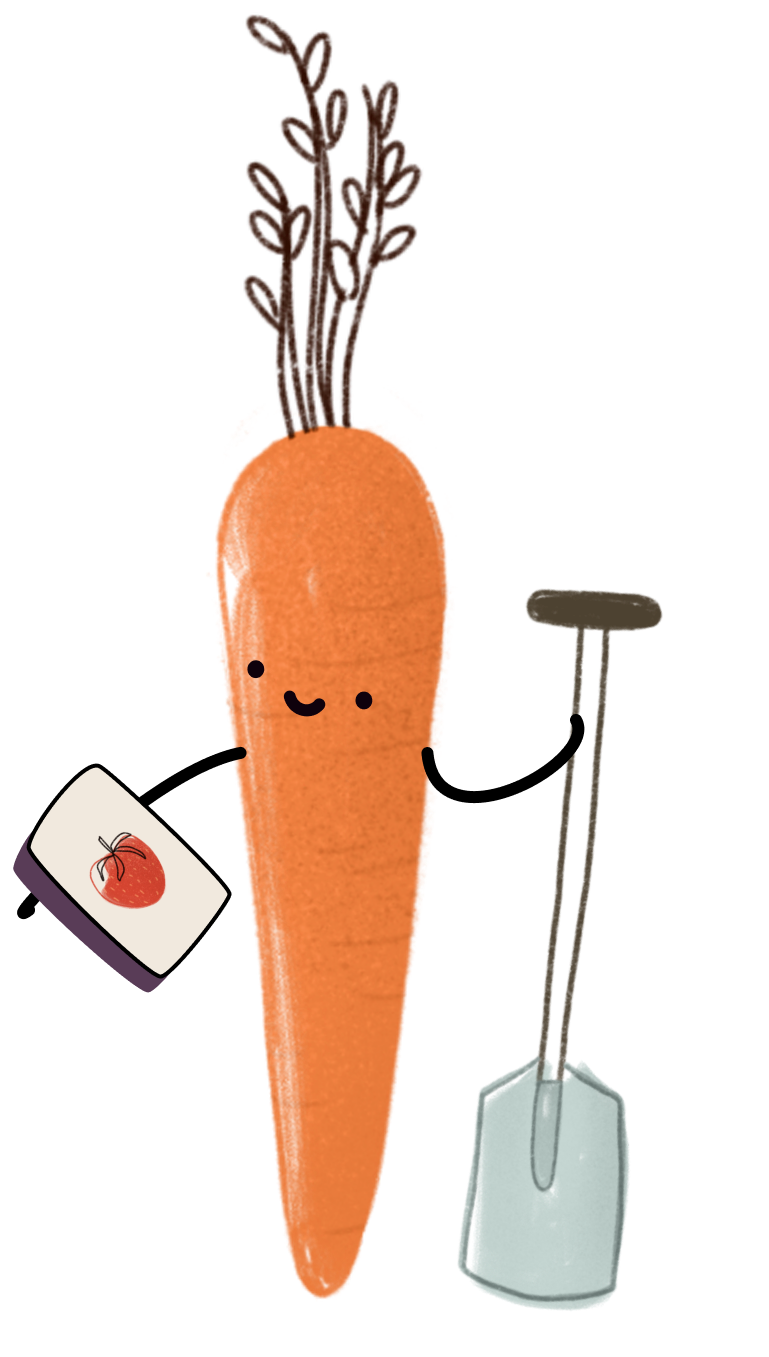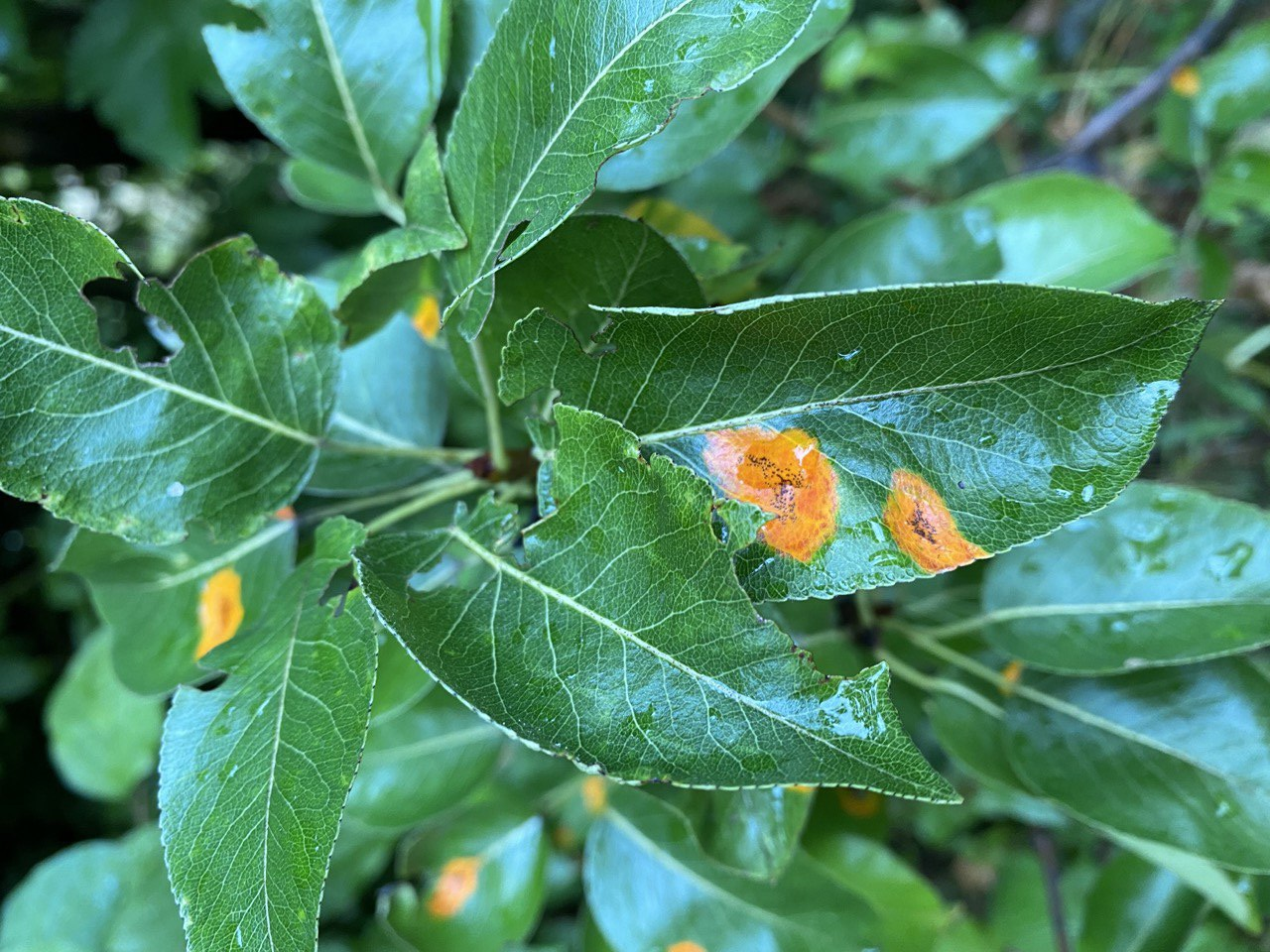
Determine Leaf Diseases: Damages on Diseased Leaves
During the regular inspection tour of your garden, you discover that some plants are diseased. There are changes on the leaves that indicate a plant disease. But which leaf disease could it be? Here is an overview of the most common leaf diseases and their symptoms.
This Article Contains:
Quick Overview
Common Leaf Diseases in the Garden and Their Symptoms
- Yellow mosaic virus: mosaic-like, yellow-green brightening on the leaves
- Gray rot: dense grayish-white fungal coating
- Curling disease: curled leaves with light green or red blisters on the upper side
- Late blight: olive-brown spots on the upper side and white fungal turf on the underside
- Powdery/false mildew: wipeable white fungal coating on the upper side of the leaf/purple-white coating on the underside; yellow-brown spots on the upper side
- Rust fungi: rust-brown spots on the upper side; pustules on the underside with fungal spores
- Scab: gray-black spots on the upper side of the leaf
- Star sooty mold: black-brown spots that spread in a star shape
Mosaic Virus
- Symptoms: mosaic-like, yellow-light green pattern on the leaves; wilting; leaves curl, turn yellow and die; later also deformation of fruits and shoots; often transmitted by pests such as aphids, whiteflies and thrips (like most viral diseases)
- Susceptible plants: especially nightshade plants such as tomatoes and potatoes; cucurbits such as cucumbers, melons and zucchinis; fruit trees and vines
- Combating and preventing mosaic virus (unfortunately the article is still missing, but will be added soon!)

Botrytis Bunch Rot (Botrytis Cinerea)
- Symptoms: grayish-white fungal coating on the leaves and later also on other parts of the plant; later, infected parts begin to rot and die off
- Infestation with gray mold (Botrytis cinerea) is particularly relevant for the hobby garden because gray mold can infest over 200 host plants!
- Susceptible plants: Viticulture (noble rot!); lettuce, cucumbers, beans, tomatoes, onions, roses, strawberries, blackberries, raspberries, gooseberries
- Combat and prevent gray mold (unfortunately the article is still missing, but will be added soon!)
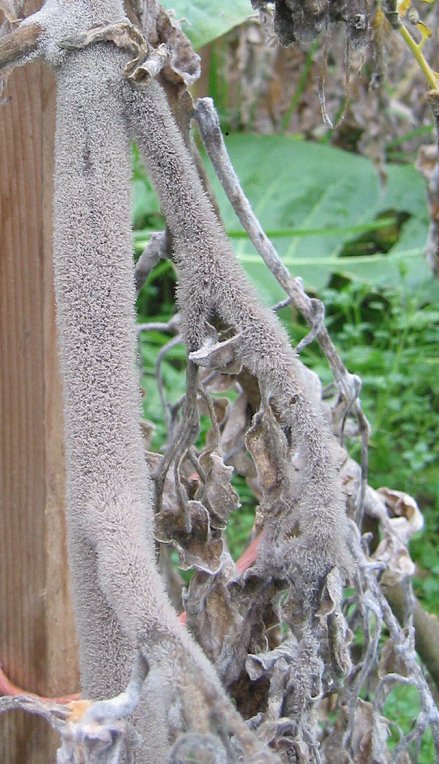
Leaf Curl (Taphrina Deformans)
- Symptoms: young leaves curl and become lighter in color; light green or red blisters on the upper side of the leaves; early leaf fall
- Susceptible plants: mainly fruit trees such as peaches, nectarines and almonds
- Combating and preventing curl disease (unfortunately the article is still missing, but will be added soon!)
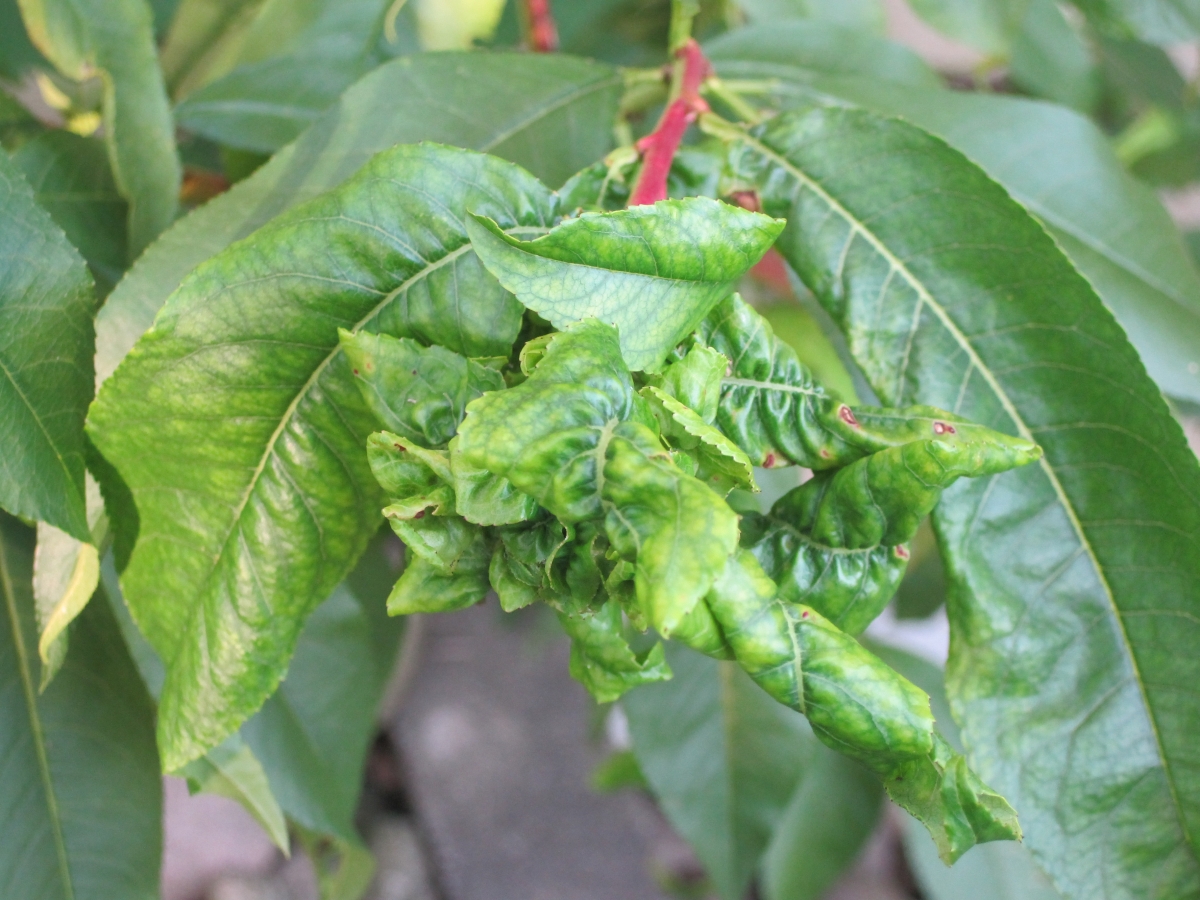

Any More Questions?
To exchange ideas with other gardeners and benefit from their experiences, you can visit our Fryd community. Perhaps they can help you recognise the disease or give you tips on how to combat it.
Join the Community Now!Late Blight (Phytophthora Infestans)
- Symptoms: olive-brown spots on the upper leaf surface; white fungal turf on the lower leaf surface; leaves curl up; later browning of the stems and fruits; over time, leaves turn black and wilt; plant reacts with early leaf fall
- Susceptible plants: mainly nightshade plants, such as tomatoes, potatoes, eggplants and peppers
- In the event of an infestation, you can find tips on How to Combat and Prevent Late Blight here
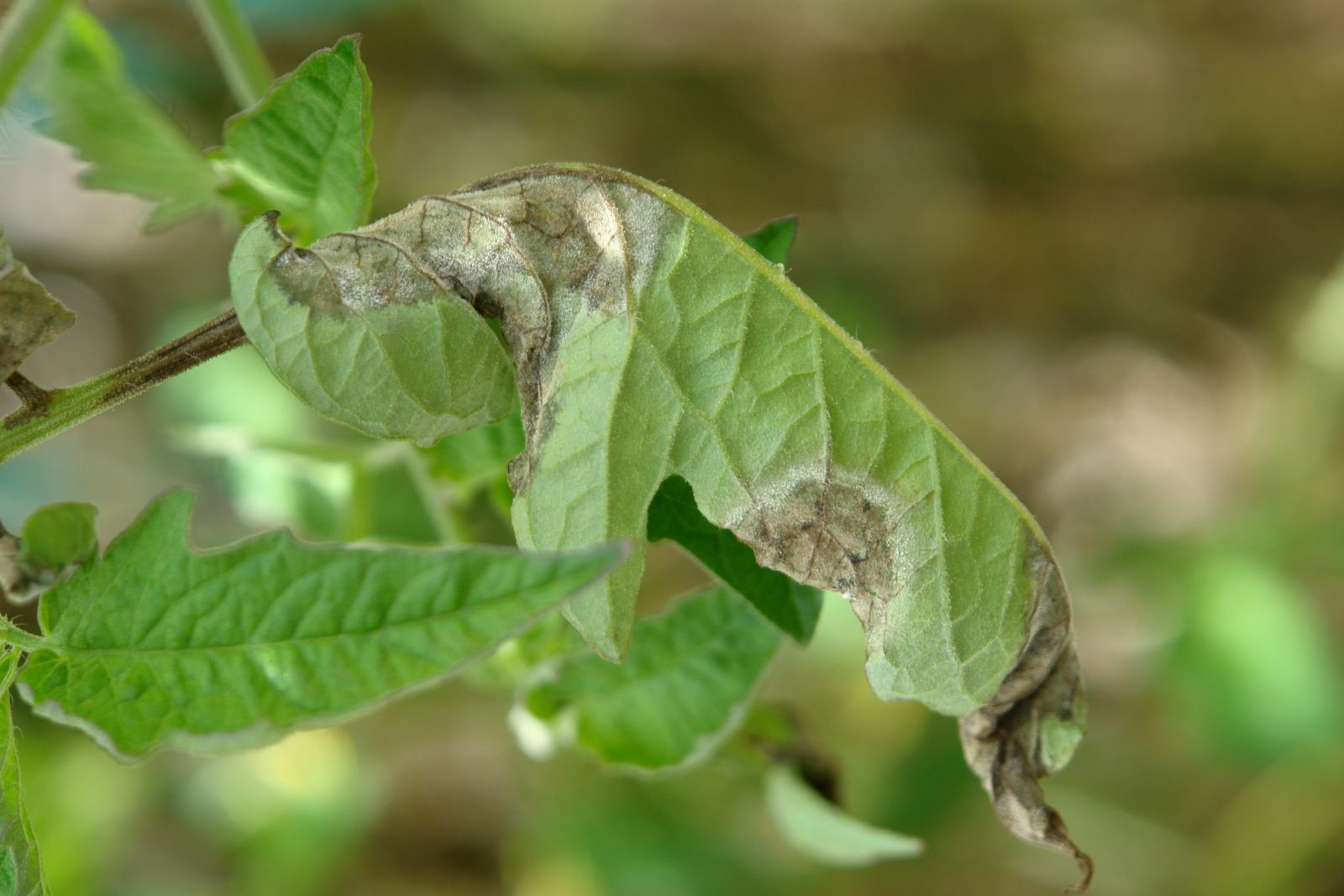
Mildew
Powdery Mildew (Erysiphaceae)
- Symptoms: infects the upper side of leaves with a whitish, floury coating that can be wiped off (fair-weather fungus)
- Susceptible plants: Woody plants such as apples, grapevines, gooseberries, roses; vegetables such as zucchinis, cucumbers, pumpkins, melons, carrots, peas, salsify, sage, strawberries
- You can findtips on How to Combat and Prevent Powdery Mildew in the article on the topic

Downy Mildew (Perenospora)
- Symptoms: manifested mainly by a purplish-whitish coating on the underside of the leaves (cannot be wiped off!); yellow-brown spots on the upper side of the plant's leaves
- Susceptible plants: Vegetables such as radishes, daikon, horseradish, lettuce, peas, lamb's lettuce, cabbage, spinach, onions; woody plants such as roses and vines (grapes)
- Fighting and Preventing Downy Mildew
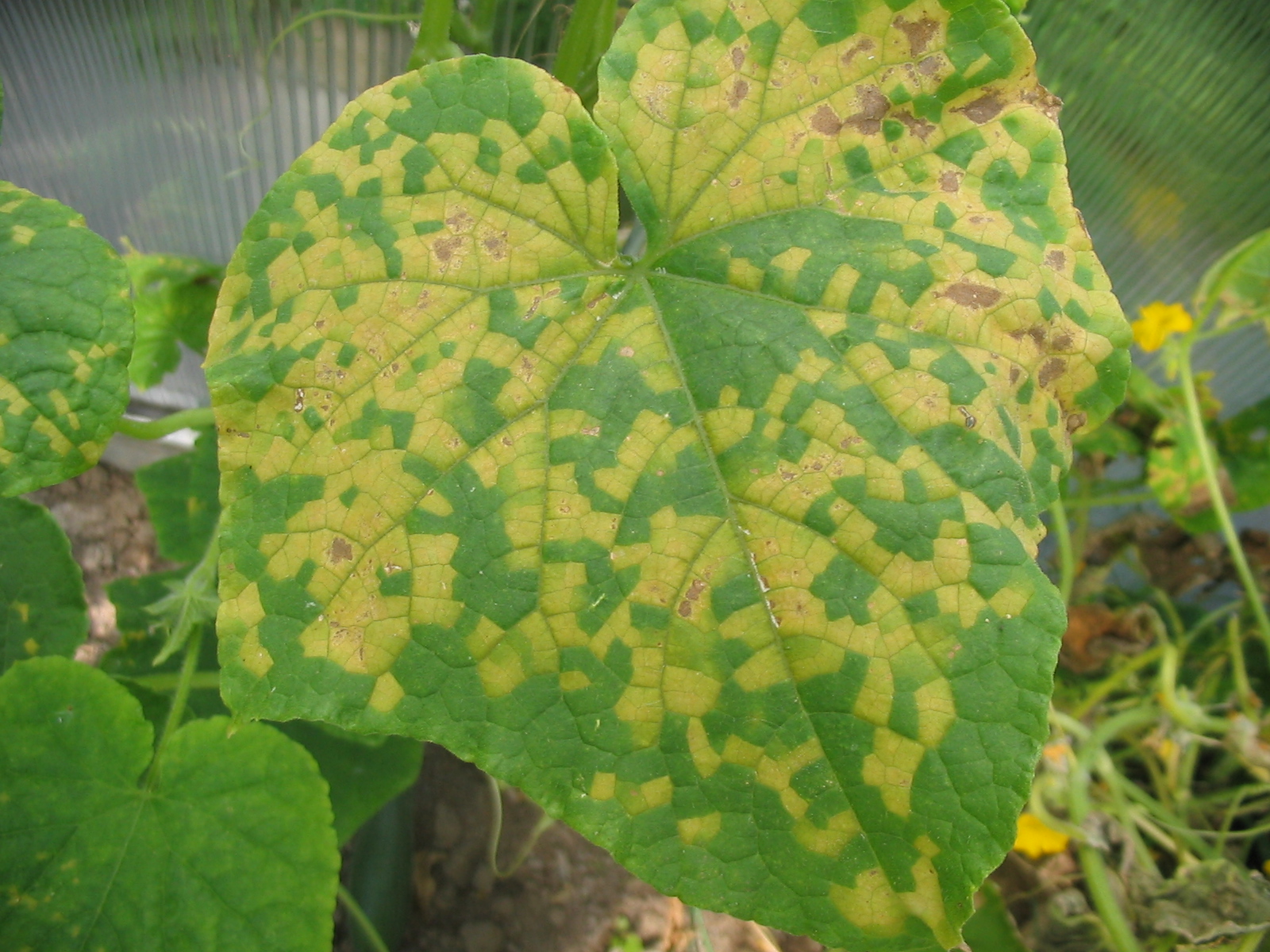
Rust Fungi (Pucciniales)
- Symptoms: small brown-red rust spots on the upper side of the leaf; rust-red pustules with fungal spores spread to the underside of the leaf (with the exception of white rust, where the pustules are white); infected parts of the plant die; some shoots are also infected
- Susceptible plants: Apples (apple rust), pears (pear rust), currants (currant column rust), cereals (cereal black rust, yellow rust), asparagus, carrots, onions, peas, beans and turnips
- Combating and preventing rust fungi (unfortunately the article is still missing, but will be added soon!)
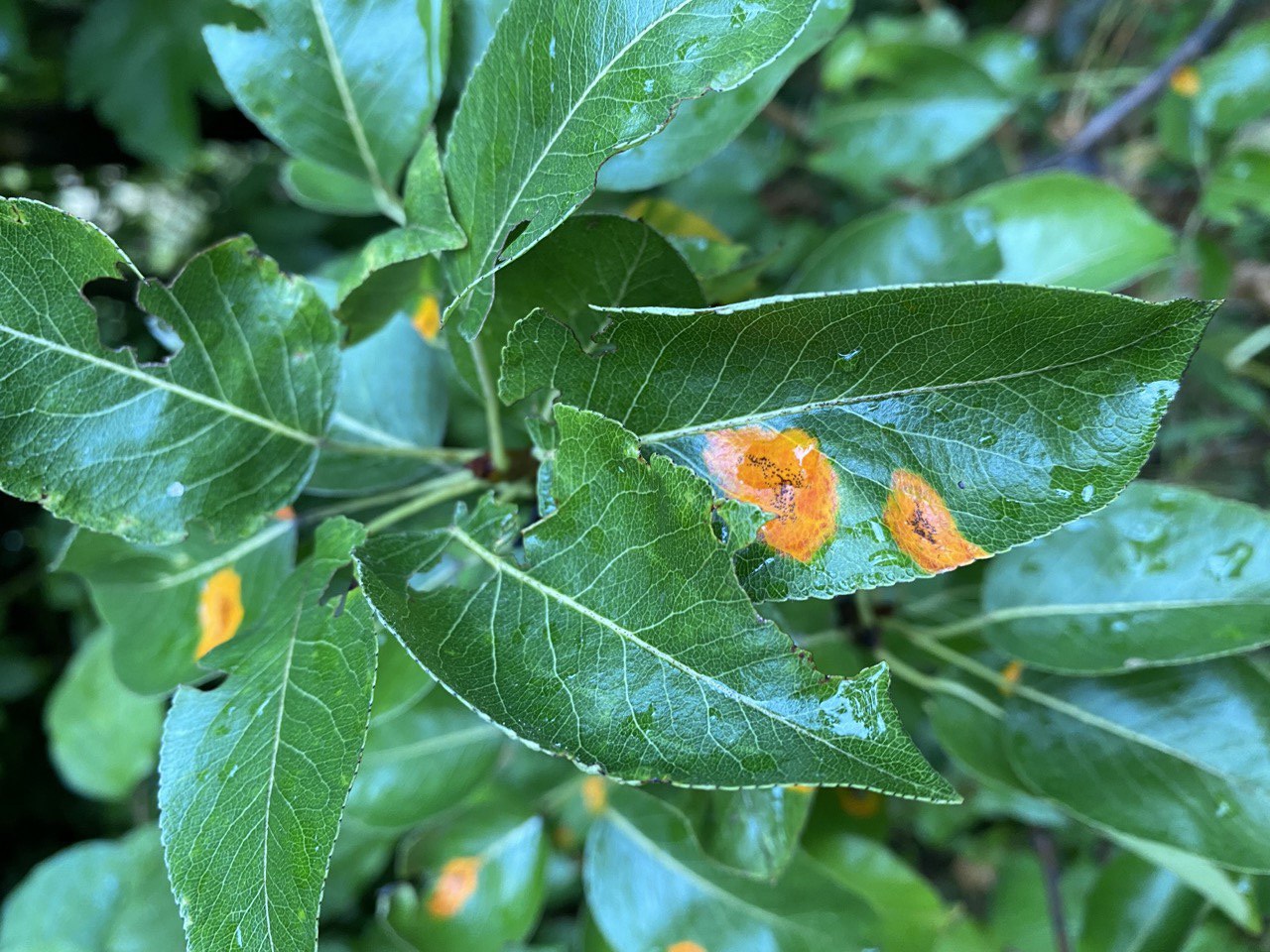
Scab (Fusicladium)
- Symptoms: gray-black spots on the blossoms and brown-black spots on the upper side of the leaves and later also on the fruit; early leaf drop
- The most common scab disease is apple scab(Venturia inaequalis). Scab is caused by a fungus.
- Susceptible plants: especially plants from the rose family (apples, pears, roses, etc.), potatoes (potato scab)
- Fighting and preventing scab (unfortunately the article is still missing, but will be added soon!)
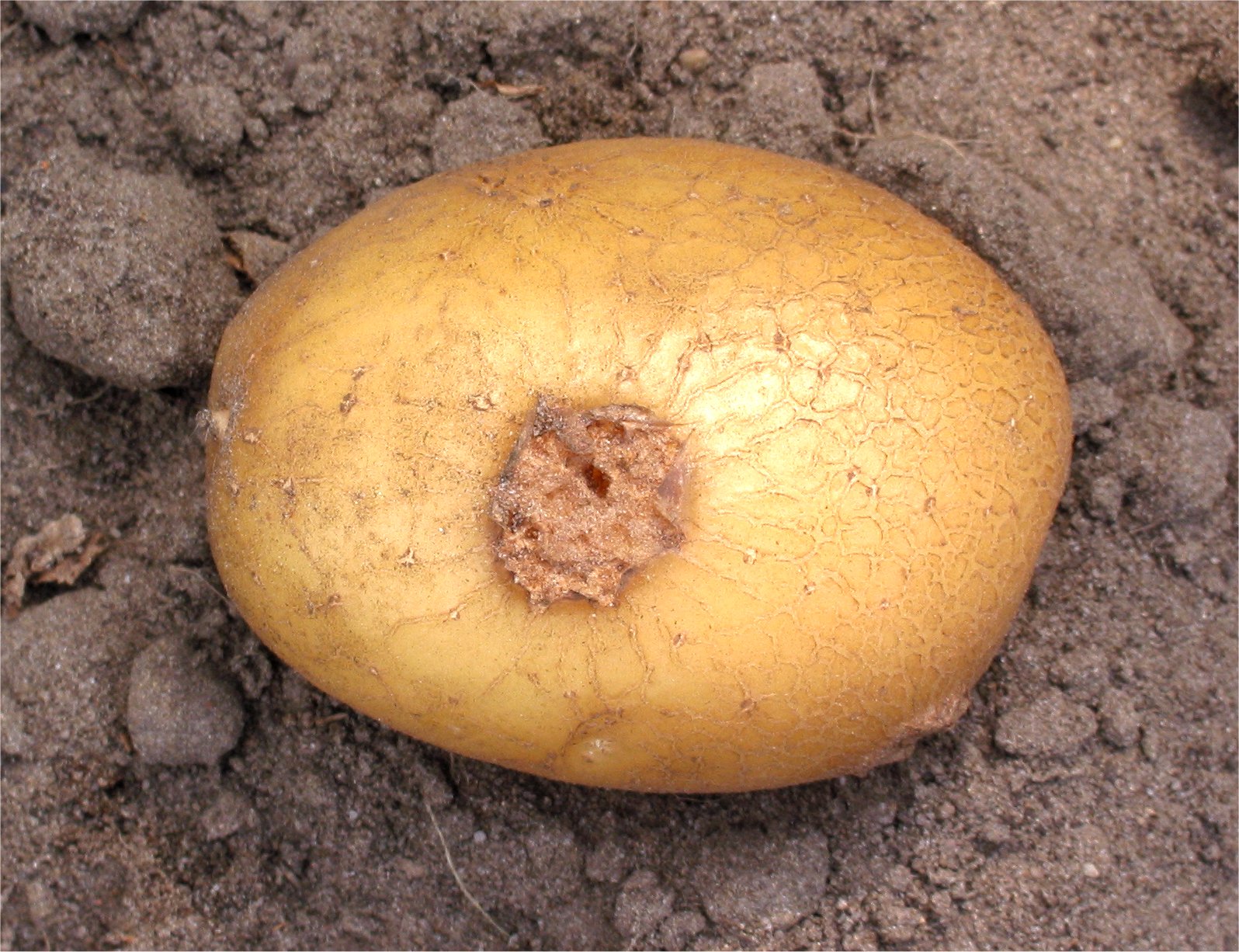
Sooty Mold (Diplocarpon Rosae)
- also called black spot disease
- This disease is caused by a fungus
- Symptoms: round black-brown spots on the leaves, which often spread in a star shape and end in jagged edges; leaves turn yellow and fall off
- Susceptible plants: mainly plants of the Rosaceae family (roses, pears, apples), rarely cucumbers
- Combat and prevent star sooty mold (unfortunately the article is still missing, but will be added soon!)
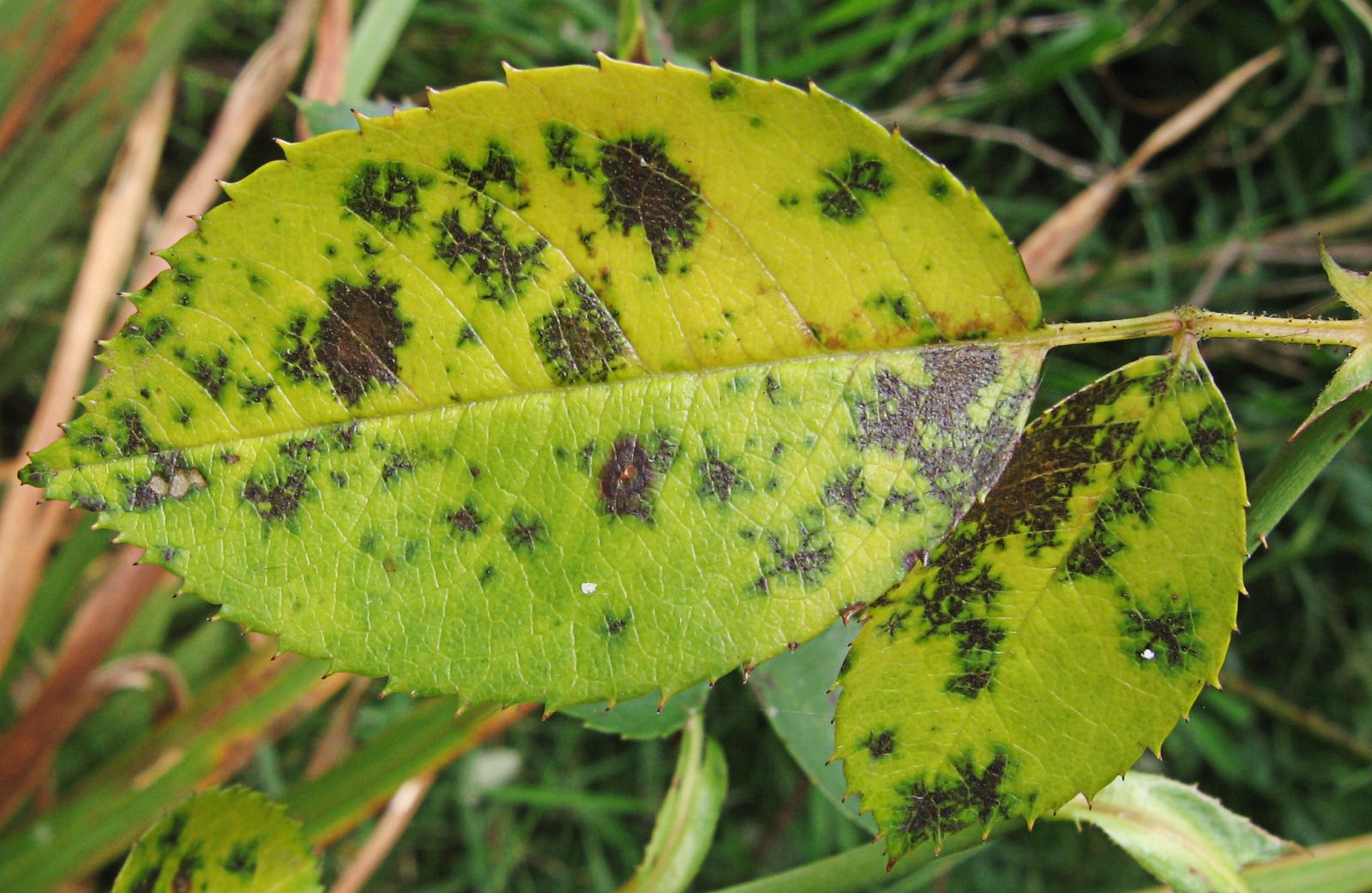
Hopefully you have found out which leaf disease you are dealing with! We'll keep our fingers crossed that your plants get well again!
As some diseases and pests are difficult to control using biological means, you should definitely take preventative measures to protect your plants in the garden. You can find Tips on Biological Plant Protection in the article on the topic!
If you have any questions or comments about gardening, please write to us at [email protected]. You will also find many like-minded people in the community in our app. Here you can also ask questions and get tips from experienced gardeners on how to deal with diseases.
Do you want to get helpful gardening tips all year round and plan your own beds optimally? Then register here or download the Fryd app for Android or iOS.
Fryd - your digital bed planner

Marie
Marie is an agronomist. She is particularly interested in the sustainable and organic cultivation of vegetables and other plants. In her own garden, she gained experience and likes to try things out to learn from nature. She is particularly interested in the values and principles of permaculture, in order to contribute not only to the well-being of nature, but also to the well-being of people and future generations.
Learn MoreCurrent Topics in the Community
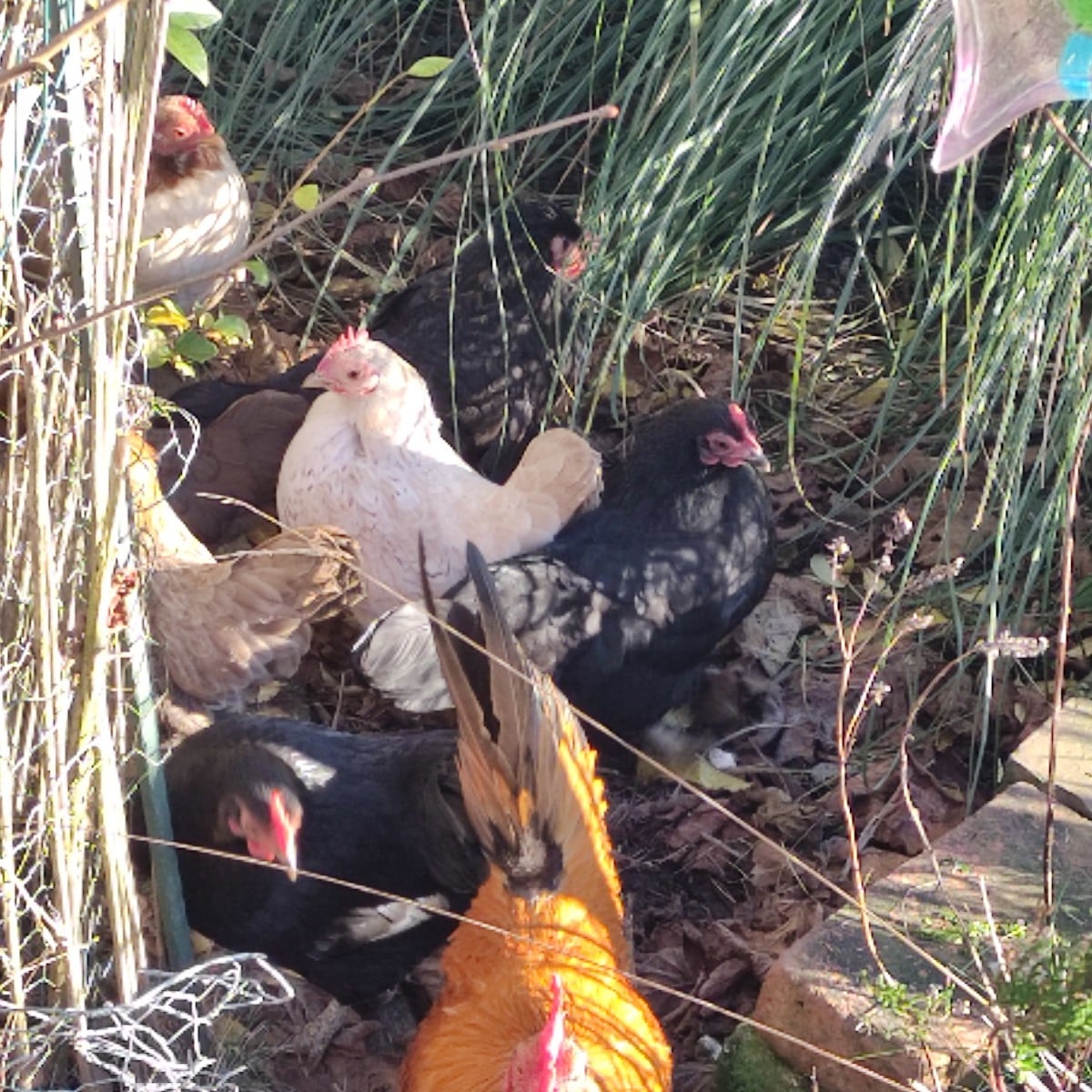
Liked 1 times
The chickens are not happy about the cold weather.
Show 1 answer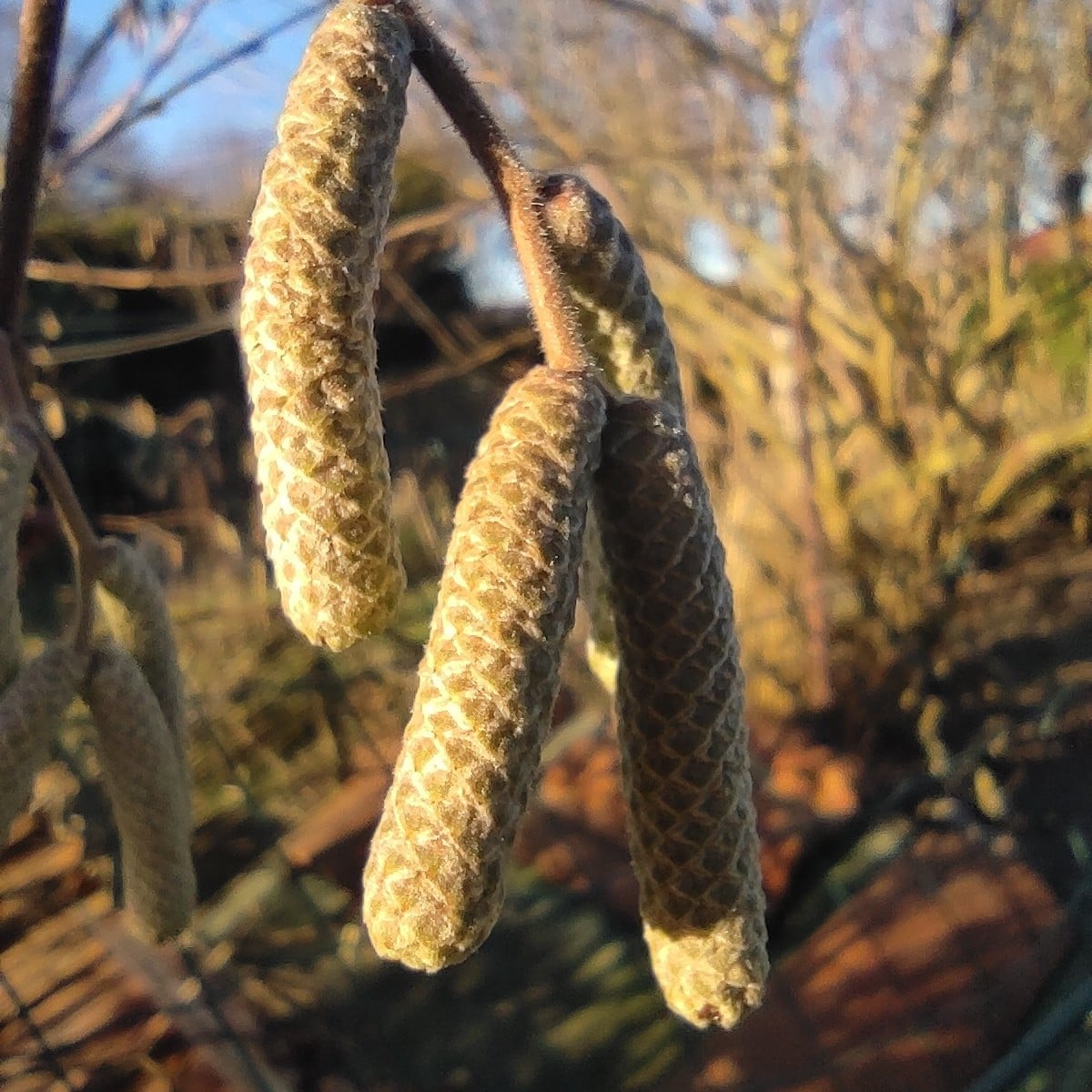
Without words
Show 1 answer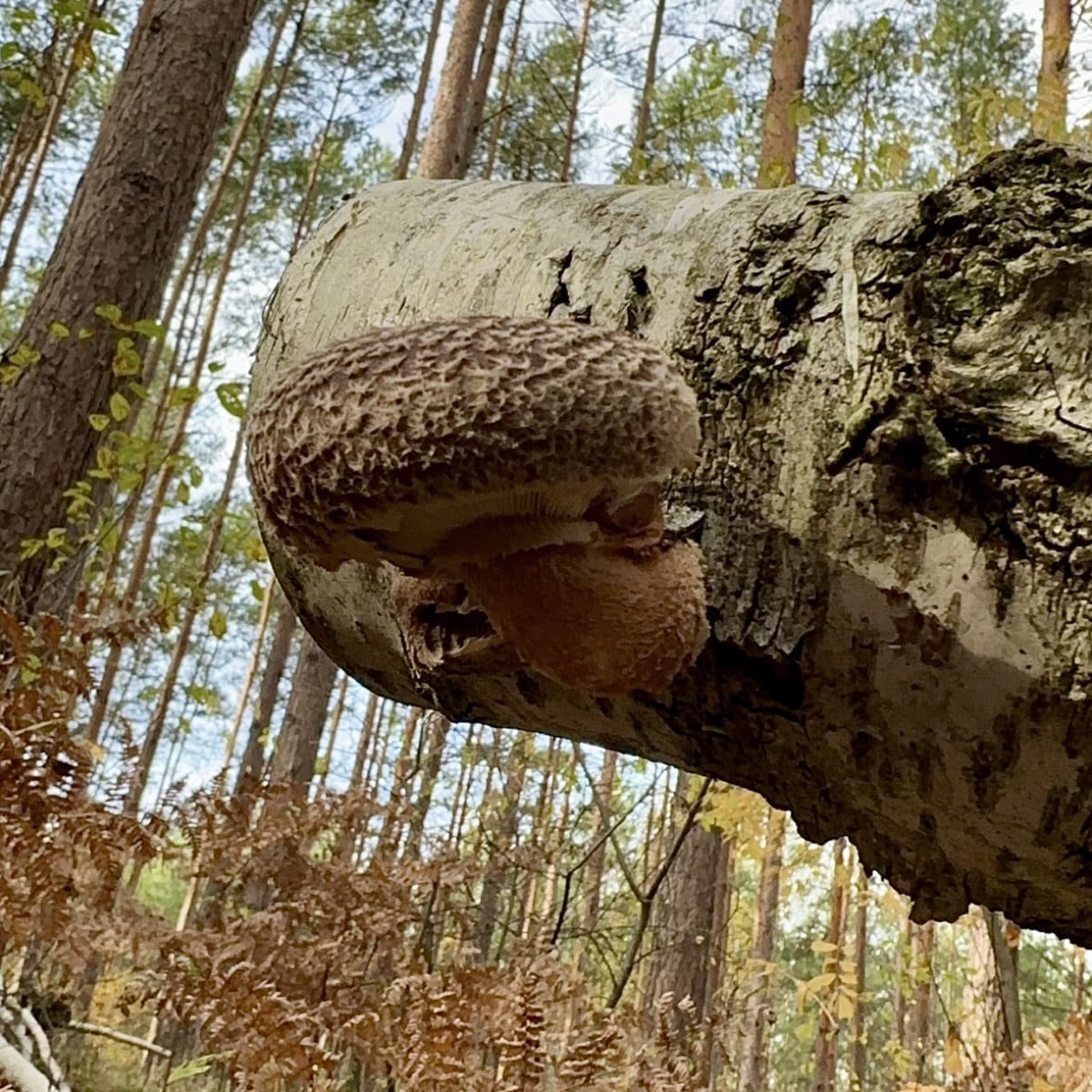
Liked 4 times
It may have actually worked with the shiitake smuggled into the fallen birch tree in our forest 🍄
Popular Articles

Overwintering Parsley: How to Do It Successfully

How to Grow Lettuce in Winter: Varieties, Sowing, Harvesting

Growing Sage Plant: Tips for Sowing and Harvesting

What Herbs Can Be Planted Together?

Create & Design a Permaculture Garden

Overwintering Plants: Tubs, Pots and Raised Beds

Pruning, Fertilizing & Propagating Currants: Care Tips

Pruning Raspberries: How to Do It

Vegetable Garden With Greenhouse: How to Use Greenhouse Effect

Winterizing Beds and the Garden: How to Do It
FAQ
What is the difference between powdery mildew and downy mildew?
Powdery mildew shows a wipeable, whitish-mealy coating on the upper side of the leaf, while downy mildew has a purplish-whitish coating on the underside of the leaf.
How do you recognize grey rot (Botrytis)?
Botrytis is characterized by a greyish-white fungal coating on the leaves, which later spreads to other parts of the plant. The plant dies.
What are the signs of star sooty mold?
Round, black-brown spots on the leaves, which often spread in a star shape and end in jagged edges; leads to yellowing and dropping of the leaves.
How do I recognize grey mould on plants?
A dense, grayish-white fungal coating on leaves and other parts of the plant, which later leads to rotting and death of the affected parts.
